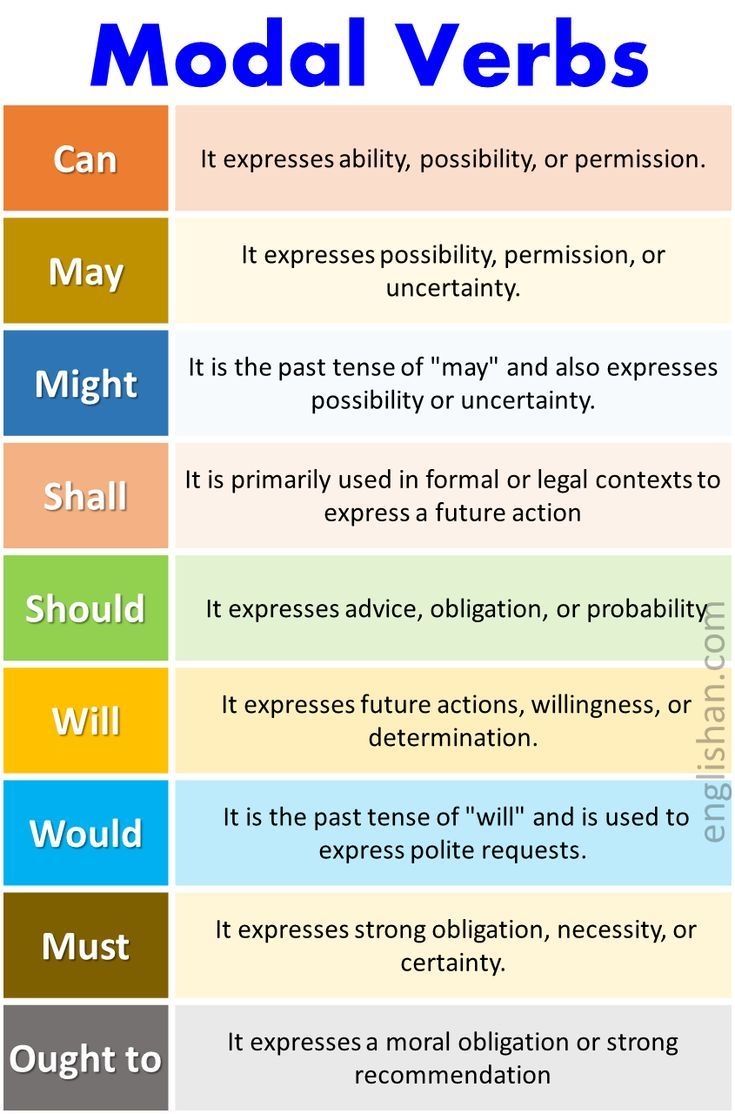Modal verbs are a unique category of verbs that are used to express necessity, possibility, ability, permission, or obligation. They are often used in conjunction with other verbs to modify their meaning. Understanding the different types of modal verbs can help you communicate more effectively in English.
Modal verbs are commonly used in English to indicate the speaker’s attitude towards the action or event being described. They can add nuance to the meaning of a sentence and help convey the speaker’s intentions more clearly.
Different Types of Modal Verbs
1. Necessity: Modal verbs such as ‘must’, ‘have to’, and ‘need to’ are used to express necessity. For example, “You must finish your homework before you go out to play.”
2. Possibility: Modal verbs like ‘might’, ‘may’, and ‘could’ are used to express possibility. For instance, “It may rain later, so you should bring an umbrella.”
3. Ability: Modal verbs such as ‘can’, ‘could’, and ‘be able to’ indicate ability. For example, “She can speak three languages fluently.”
4. Permission: Modal verbs like ‘may’, ‘can’, and ‘could’ are also used to express permission. For instance, “You can borrow my car if you need it.”
5. Obligation: Modal verbs such as ‘must’, ‘have to’, and ‘should’ indicate obligation. For example, “You should apologize for your behavior.”
Understanding how to use these different types of modal verbs can greatly enhance your language skills and help you convey your thoughts and intentions more effectively in English.
In conclusion, modal verbs play a crucial role in shaping the meaning and tone of a sentence. By mastering the different types of modal verbs, you can improve your communication skills and express yourself more clearly in English.
